by Syed Suhail Yaqoob
This can be gauged from the fact that 2008 (sleaze racket), 2010 (unrest over human rights), 2014 (floods), 2016 (unrest triggered by Burhan Wani killing), 2019 (reading down of article 370) and now Covid (2020 and 2021) have severely exposed our livelihood.
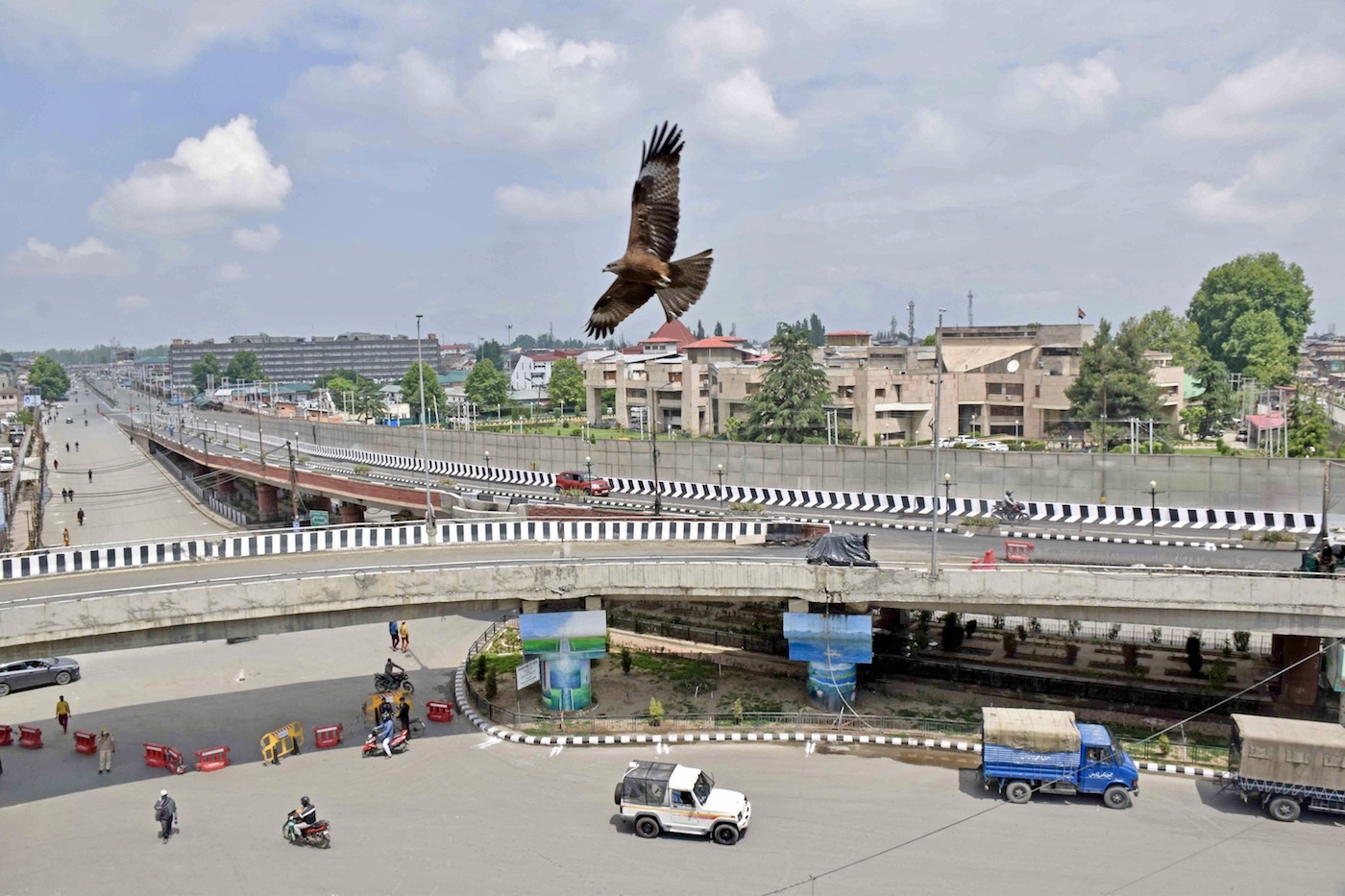
In past, especially after the 1990s, Kashmir has remained more or less in a disturbed state. Apart from political disturbances, the impact on the economy has been disastrous. The state has lost billions of dollars due to the ongoing strife.
Political economists will agree that the crisis in the 1990’s only perpetuated the catastrophe that began around 1947. During this period, the state lost much of its land and resources. Particularly the state lost its traditional routes which were the backbone of the Kashmir economy. These routes linked the state with the central Asian countries which would have provided enough opportunities for growth and development. The silk route was just around the corner and could have made Kashmir not only an economic hub but surely a financial hub of Asia.
Unfortunately, although having a strategic position on the world map, Jammu and Kashmir has not been able to take advantage of its geography. The crisis perpetuated to a level that now there is a precarious situation viza-viz livelihood situation. A quick look at the economic scenario is essential to have an idea about the livelihood situation.
An Agrarian Economy
Jammu and Kashmir economy is a service-oriented economy, however, much of employment is provided by the agriculture sector. Although the service sector has a share of more than 55 per cent in the gross state domestic product yet it is the agriculture sector that provides employment to more than half of the population.
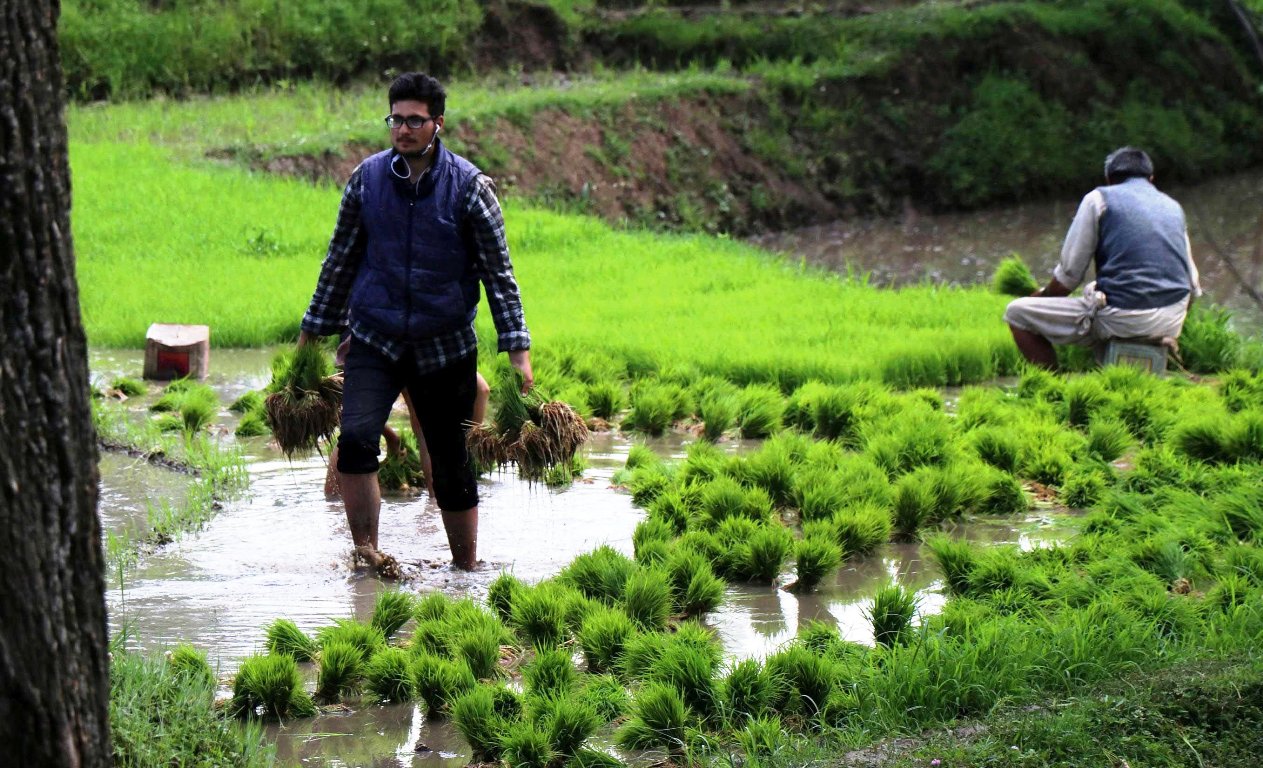
This implies that our s Jammu and Kashmir has not gone through structural change over the years. In the agriculture sector, it is the horticulture sector that has achieved prominence. It brings us crores of rupees annually. Some estimates suggest that the turnover of the sector is about Rs 20,000 crore.
Among the service sector, the most prominent is the tourism sector and transport sector. The state boasts of being one of the refined geographical parts of the world, however, it is yet to tap its potential. The share of tourism is almost 8 per cent of the gross state domestic product.
Among others include the industrial sector, which not only provides meagre employment although its share is almost double compared to the agriculture sector in the state. Unfortunately, this sector is also not developed due to uncertainty, political situation and remoteness of the state from the main economic centres.
Good Numbers
In spite of the problems in Jammu and Kashmir, social indicators have been more or less in better shape thanks to the land reforms carried out by the Sheikh Abdullah administration. Jammu and Kashmir per capita income remained Rs 65,615 in FY18, which is well below the national average of around Rs 98,000. Despite the low per capita income, the poverty rate in Jammu and Kashmir is 10.35 per cent, which is almost half of the national average of around 21 per cent.
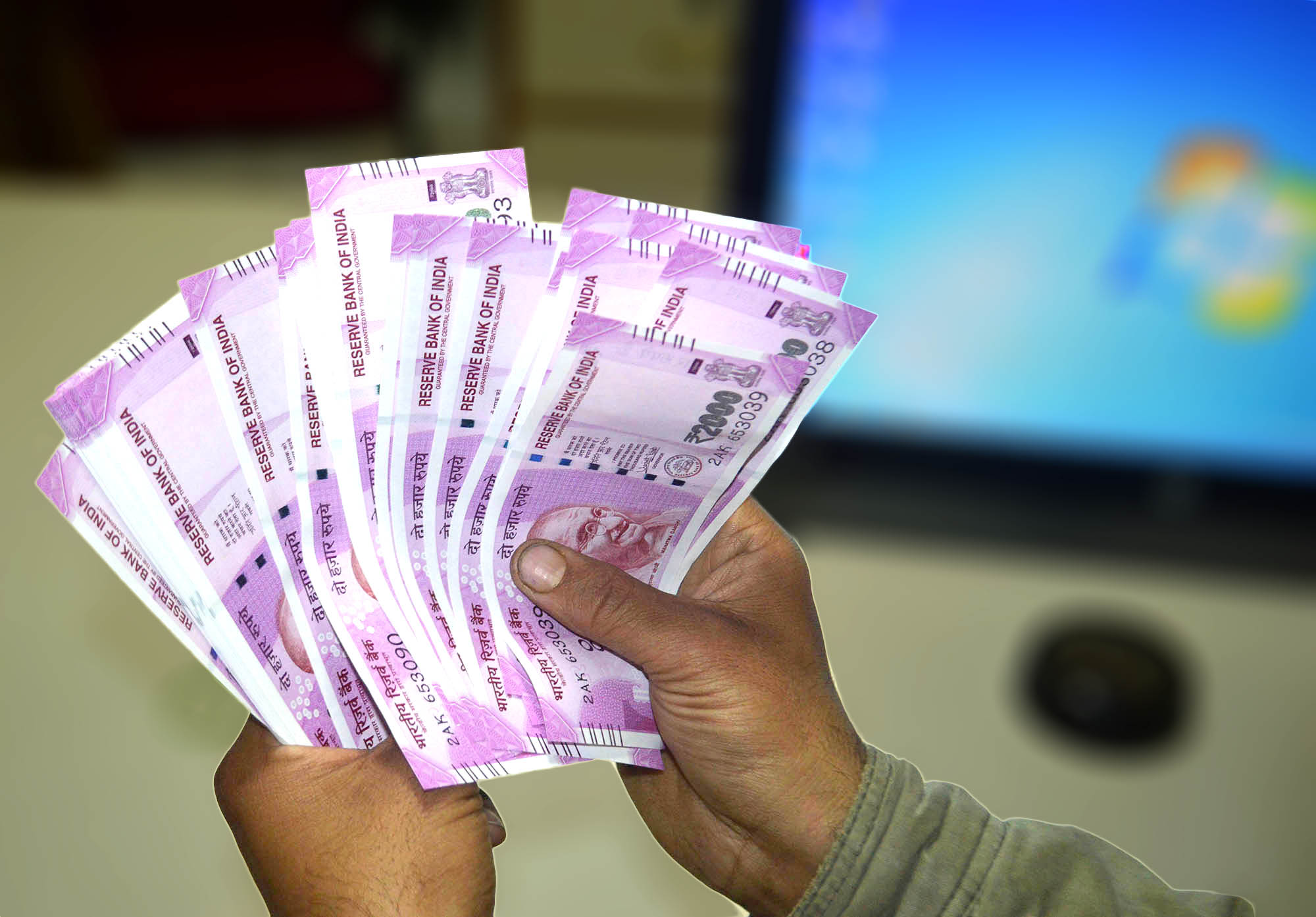
Human Development Index for Jammu and Kashmir, however, is higher than the national average. Expenditure on the social sector in the last five years rose by 148 per cent to Rs 24,350 crore in 2018-19. The ownership of land is considered one main driver of social indicators in the state. It is estimated that more than 95 per cent of household own land in Jammu and Kashmir.
A precarious Situation
No doubt the social indicators of Jammu and Kashmir are better than the other states, yet the situation can take a serious turn. This is owing to the precarious livelihood situation in the state. Our livelihoods are not sustainable and cannot guarantee constant and increasing income over the years.
This can be gauged from the fact that 2008 (sleaze racket), 2010 (unrest over human rights), 2014 (floods), 2016 (unrest triggered by Burhan Wani killing), 2019 (reading down of article 370) and now Covid (2020 and 2021) have severely exposed our livelihood.
A livelihood comprises the capabilities, assets and activities required for a means of living. It is important to note that sustainability implies that the occupations people hold must provide a reliable, constant and increasing level of income. A livelihood is sustainable when it can cope with and recover from the stresses and shocks and maintain or enhance its capabilities and assets both now and in the future without undermining the natural resource base. Household livelihood security is defined as adequate and sustainable access to income and resources to meet basic needs.
The Covid Costs
During the Covid19 situation, things were utterly bad for our economy. Jammu and Kashmir’s economy has suffered a loss of Rs 17,878.18 crore between August 5, 2019, and December 3, 2019, the period of unprecedented lockdown that affected trade and business across the state, according to a preliminary economic loss assessment report released by the Kashmir Chamber of Commerce and Industry (KCCI). The loss of economic output is estimated to be around 11 per cent of total state gross domestic output.
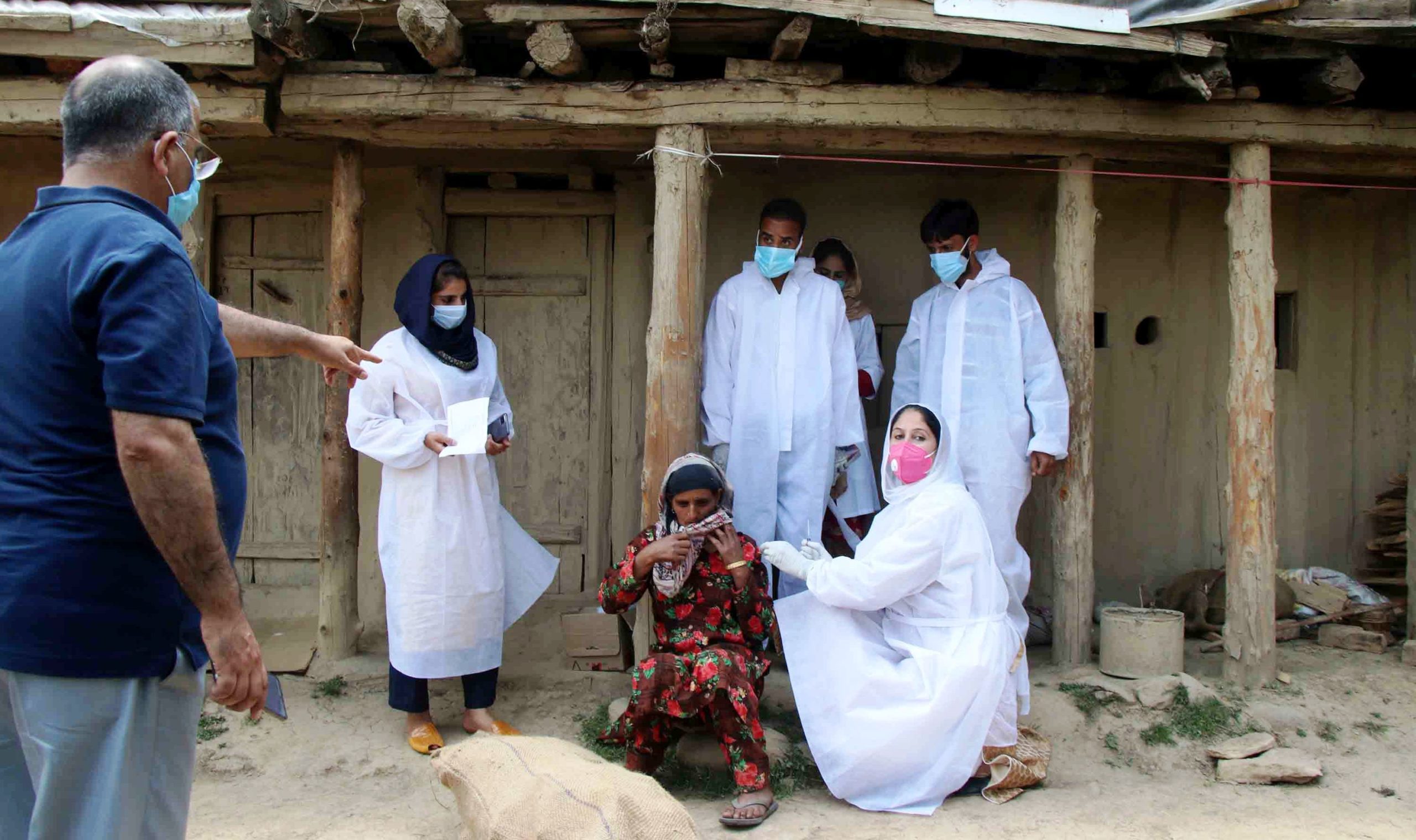
The present disruption has resulted in the loss of jobs in lakhs, borrowers of financial institutions have lost their capacity to fulfil their commitments, a substantial number of accounts are likely to turn bankrupt, many business establishments have closed down or are contemplating closure, adding that sectors directly dependent on the internet like information technology and e-commerce have been destroyed.
In this situation, can agriculture, which employs a huge population can provide sustainable livelihood over the years? The loss of jobs in the industrial or service sector will necessarily push the labour towards the agriculture sector. The answer is simply no until some concrete steps are taken by the community and the government.
Shrinking Landholdings
The official survey carried out found that majority of agricultural landholdings have turned into the small category in 2015-16 in the state. The unofficial sources believe that landholding is much smaller (around 0.45 hectares).
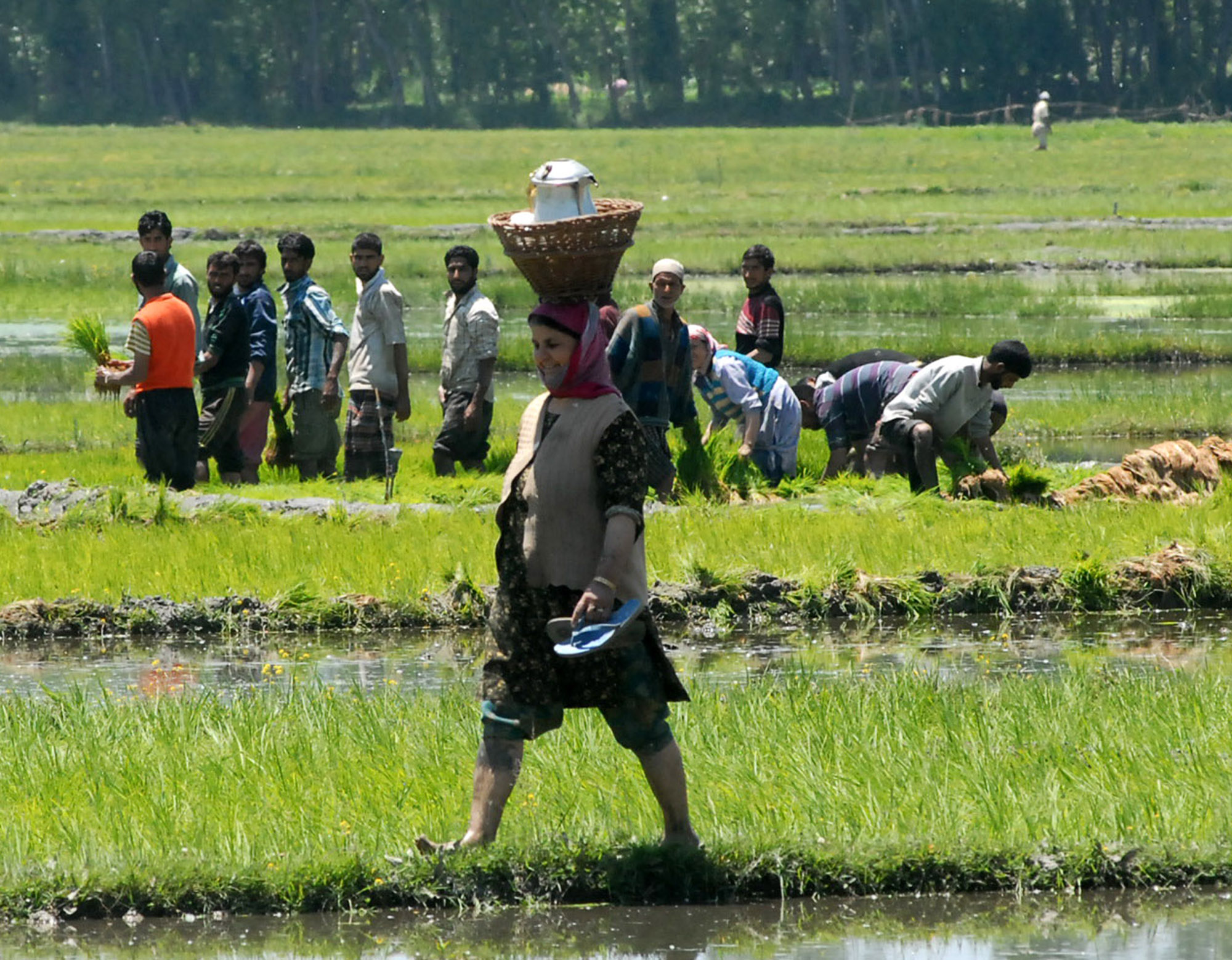
In Kashmir valley, the size is even smaller. During the 2010-2011 agriculture census, the average size of operational land holdings was at 0.62 hectares in Jammu and Kashmir. Districts in Kashmir had even lower landholding sizes than the state as a whole. It was 0.39 in hectares Kulgam, Anantnag 0.39, Shopian 0.56, Pulwama 0.48, Srinagar 0.31, Budgam 0.43, Baramulla 0.51, Ganderbal 0.37, Kupwara 0.51, and Bandipora 0.48. This figure again came down during the 2015-16 census.
In these regions the sheer cropping diversity is noteworthy. In the south of Kashmir, the districts of Anantnag, Kulgam, Shopian and Pulwama are known for their apple orchards. Pampore in Pulwama is synonymous with saffron. In Central Kashmir, Budgam district is a paddy, maize, vegetable, almond, plum and pear (especially the Naakh variety) belt, while Ganderbal has cherry and grape orchards. The North Kashmir districts of Baramulla, Bandipora and Kupwara are famous for walnuts and apples. Bandipora is also home to the Wular Lake and its produce of lotus stems, water chestnuts and fish.

It is impossible for the farming people to earn more than Rs 5 lakh annually given the marginalisation of land and mono-cropping in the region. If the costs are deducted the annual profits will not be more than 3 lakh on average.
Low CAGR
According to a report by the Government of India farmers in Jammu and Kashmir have the lowest income in comparison to their counterparts in the rest of the country. Not only the farmers in Jammu and Kashmir have the lowest incomes but also the compound annual growth rates (CAGR) of real incomes between 2002-03 (NSSO survey) and 2015-16 (NABARD survey) of agri-households in Jammu and Kashmir is minus 2.3, which is not only lowest in India but it is the only state with minus CAGR, according to the report.
This implies that farmers in Jammu and Kashmir are unable to cope up with the average inflation. Moreover, there has been an increasing growth disparity between agricultural and non-agricultural households. Since there is a disparity between the average income of agriculturists and of non-agriculturists, which has been increasing for a long and has made the major part of the population poorer. Not only there has been no increase in real income among farmers, but the increasing population over the years will also further balkanise the agricultural landholdings. The Balkanisation of landholdings will make agriculture a non-performing enterprise. A family of 5 members with this annual income can hardly afford a better life. It must be no surprise that Jammu and Kashmir farmers are among the most indebtness in India.
Climate Change
Little attention is being provided to the impact of climate change in Jammu and Kashmir. The Jammu and Kashmir State Action Plan on Climate change has warned that the region is ‘“heading for a peculiar climatic scenario with the net temperature going up’. The state has surpassed the world in average temperature rise in the last 100 years. As against the global increase of 0.8 to 0.9 the state has recorded 1.2 degree Celsius rise in temperature. Seasonal temperatures also show a rise in all season.

Kashmir based environmentalists /agriculturalists believe that abnormal rise in temperatures, in particular, can prove drastic for some of our native plants increasing their sterility and hence lowering the overall production. This implies that the agriculture sector will witness large scale destruction of crops in the near future.
A report by the Directorate of economics and Statistics revealed that crop production has already started to decline. A few years back Kashmir’s Irrigation and Flood Control Department issued advisories, asking farmers in North Kashmir not to sow water-intensive paddy this season due to water scarcity. This must have come as a shock to the farmers in the region.
Services Sector
Of the service sector, the issue is more of political disturbances in Jammu and Kashmir. The main component of the service sector is without the tourism sector. This sector has however been severely dented by the recurrent disturbances in the state. Any political development leads to less flow of tourists in the valley.
Further, the fragility in the political atmosphere has made the tourism sector vulnerable. This was clearly witnessed during 2008, 2010, 2014, 2016, 2018 and now the Covid19 crisis. It is now impossible to rely on tourism for a smooth flow of income.
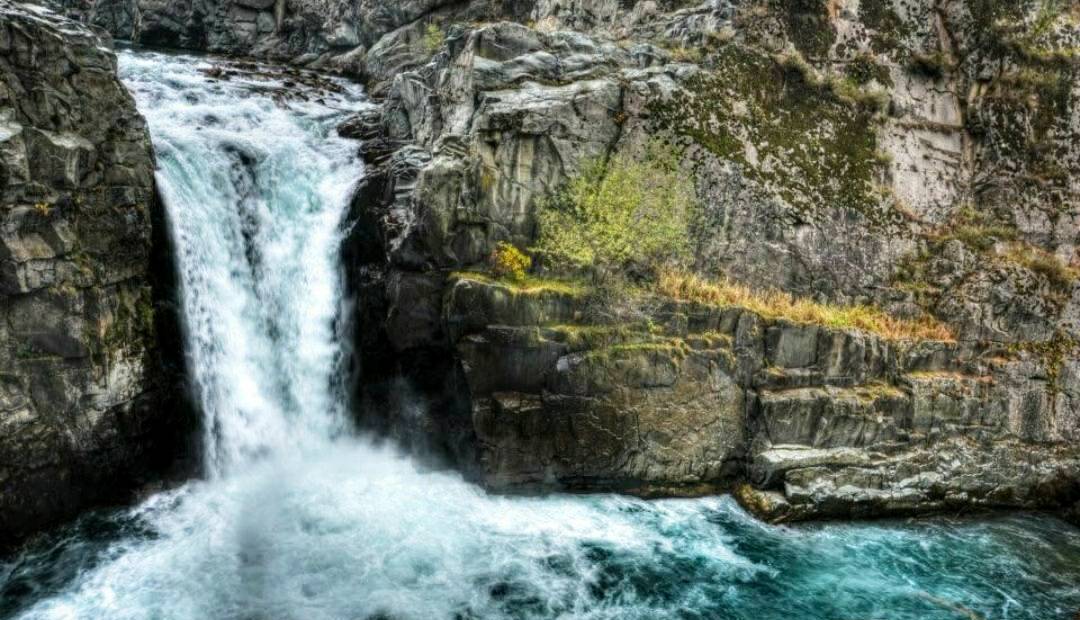
According to modest estimates, the Kashmir tourism industry suffers Rs 1500 crore loss due to the Covid19 pandemic. The hotel industry has a lot of crores of rupees especially since the 1990s and this has increased sharply during the past decade.
According to the preliminary report by the Kashmir Chamber of Commerce and Industries, tourism took the biggest cumulative hit. It lost around 10 thousand crore in the first 120 days that followed the abrogation of article 370. The sector also witnessed 1,40,500 job losses. As per the statistics provided the estimated jobs losses in the tourism and handicrafts were to the tune of 144,500 between august and December 2019.

The transport sector has and always remains the first to get the shot in the arm. It has taken the highest burnt in the crisis over time. In a Kashmir Life report on the transportation sector, ‘The drivers and associated persons were selling the parts of their busses to make livelihood’. This precarious situation was also observed when a driver was selling clothes in his newly bought Toyota Car outside the Lal-Ded hospital in Srinagar. Although the estimates are not available however the jobs must be in lakhs.
Encourage A Shift
Economics and history are clear that agriculture cannot lead to a high level of household incomes. The state’s economy either has to be transformed into an industrial hub or high-end services with peaceful conditions. Since the industrial sector and service sector have taken the highest burnt in the past decade it is important a clear draft policy for agriculture is to be finalised as soon as possible. During these years, agriculture has more or less worked as the backbone of our economy and has minimised all the shocks to our economy. It is highly essential that steps be taken to prevent Balkanisation of agricultural land, strict punishment for converting agricultural land to non-agricultural purposes, investment in the sheep industry and also a clear policy on environmental change.
(The author is pursuing PhD at Aligarh Muslim University in Economics with a focus on gender. The opinions expressed in this article are those of the author’s and do not purport to reflect the opinions or views of Kashmir Life.)















